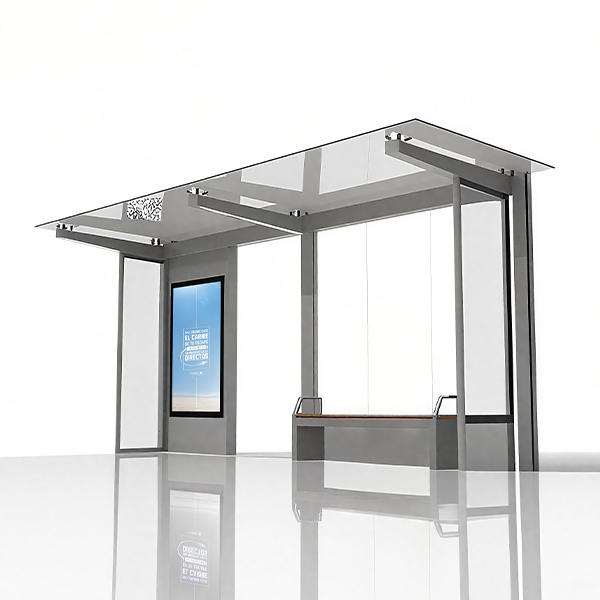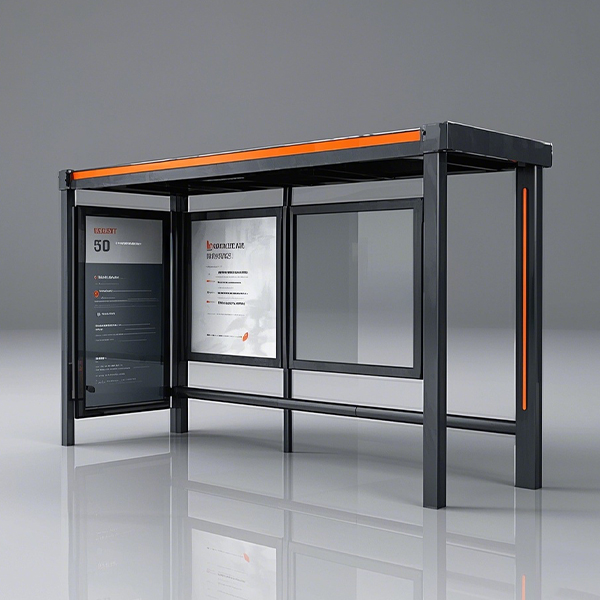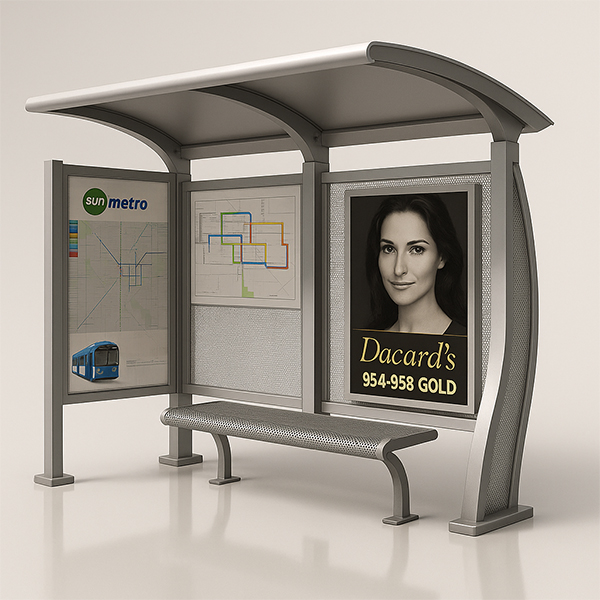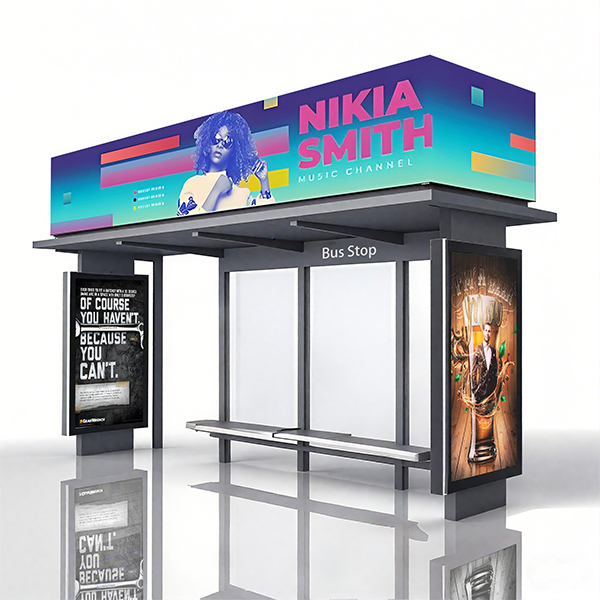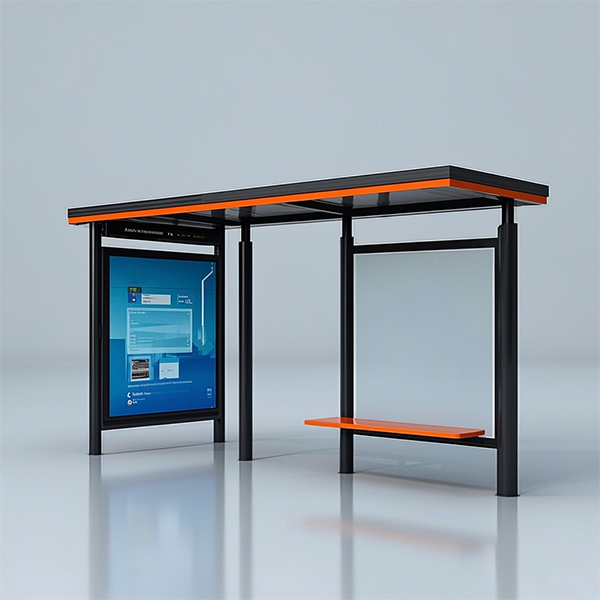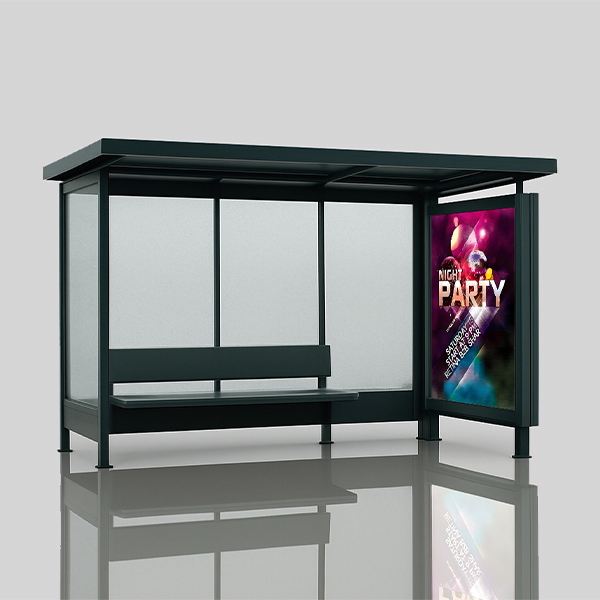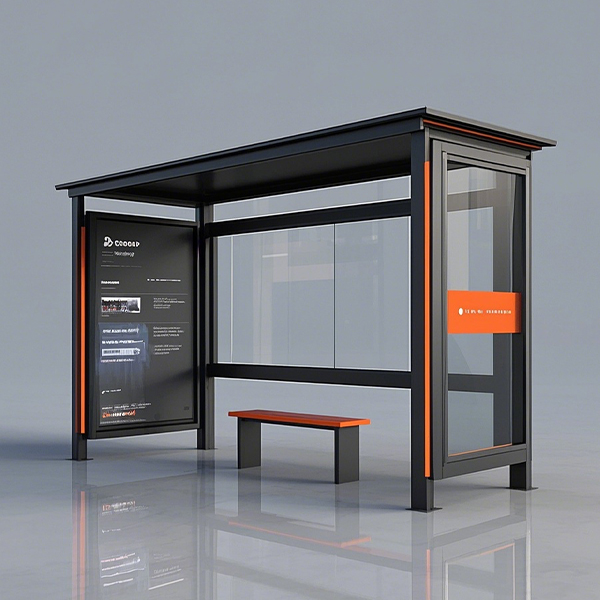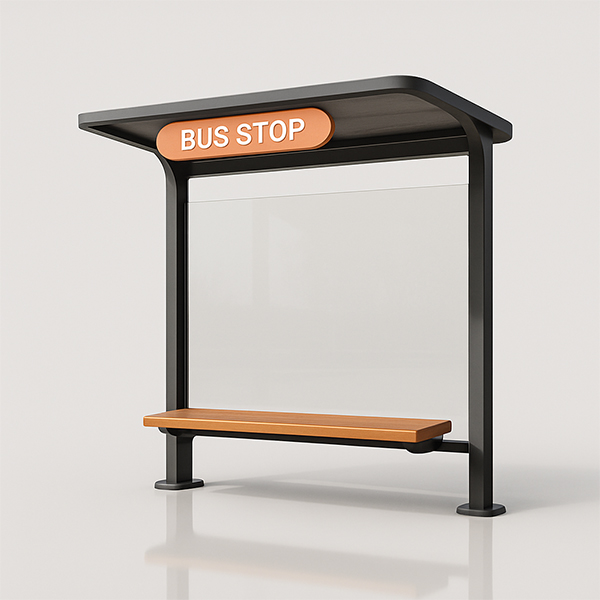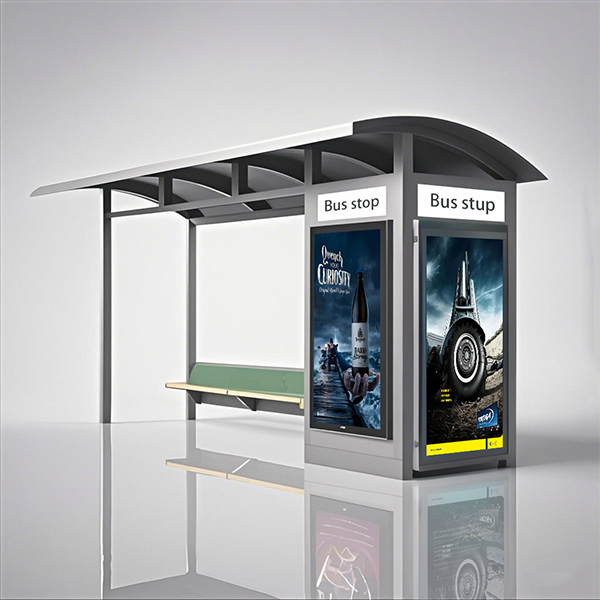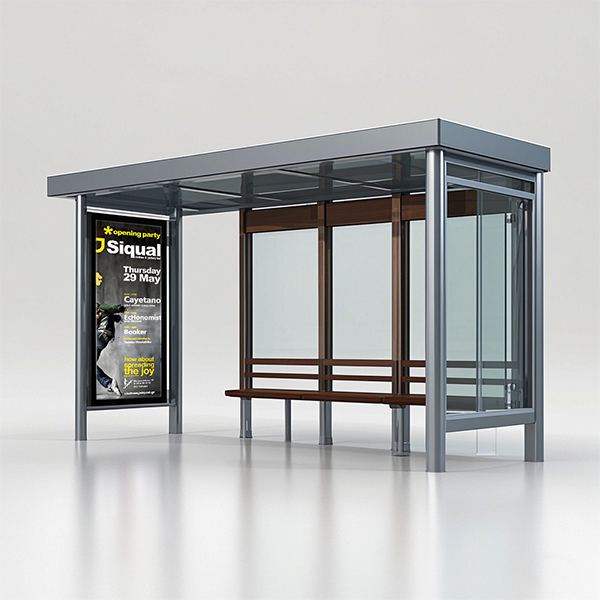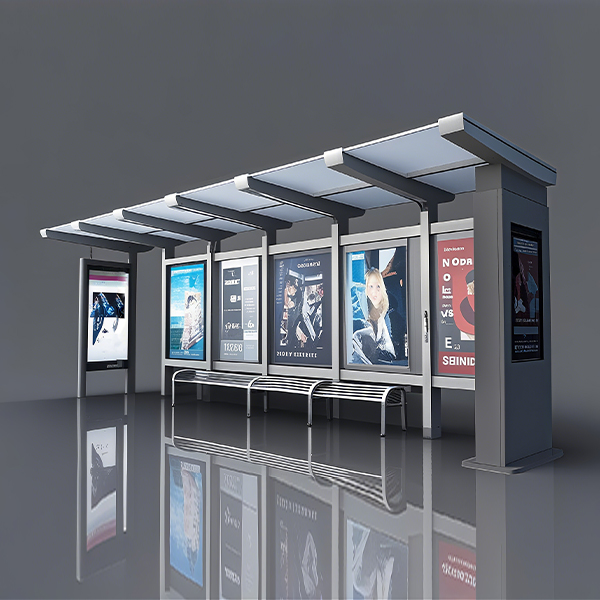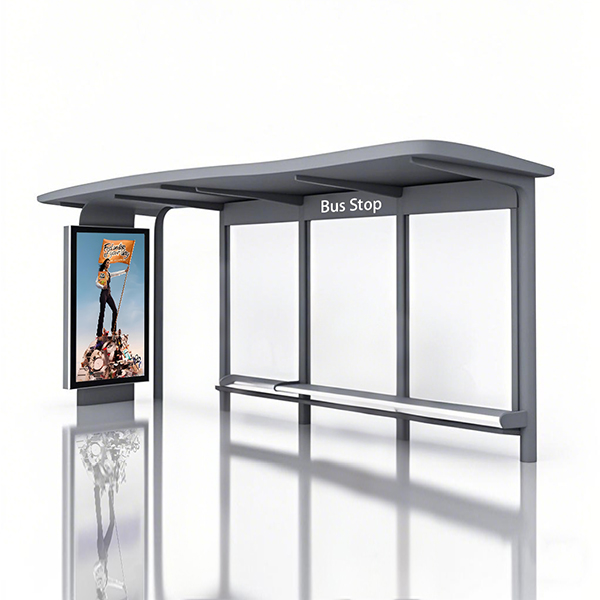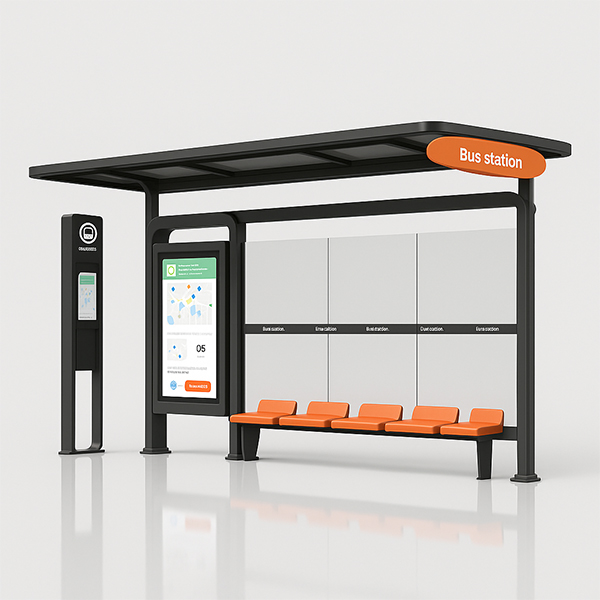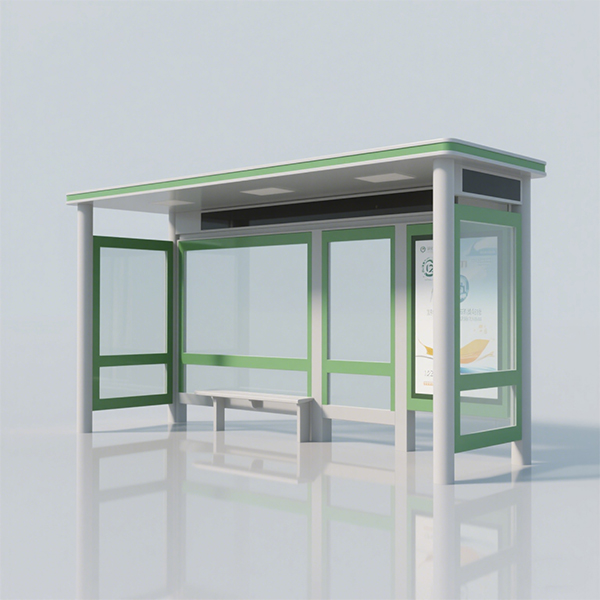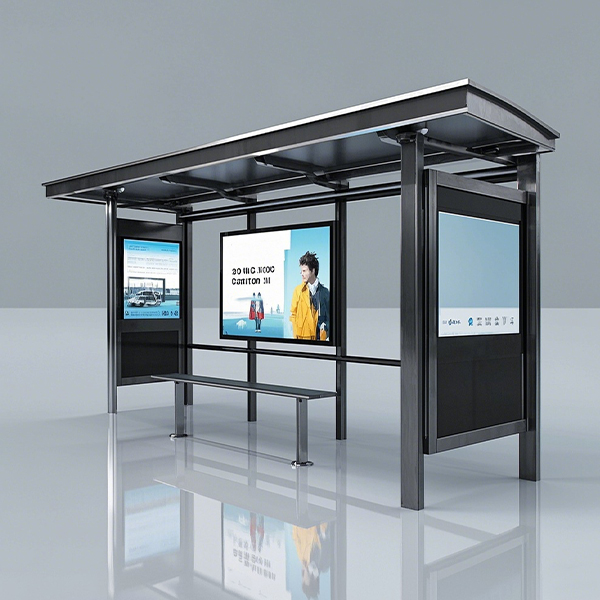
Rural Bus Shelter
Providing safe and comfortable waiting areas for passengers in rural areas is crucial. A well-designed rural bus shelter not only protects passengers from the elements but also enhances the overall appearance and functionality of a bus stop. This comprehensive guide will explore various aspects of rural bus shelter design, construction, and maintenance, offering insights and best practices to ensure the creation of effective and sustainable shelters.
Types of Rural Bus Shelters
Open Shelters
Open shelters offer basic protection from sun and rain, typically utilizing a roof supported by posts or a simple framework. These are often the most cost-effective option, particularly suitable for areas with mild climates. Materials might include treated wood, metal, or polycarbonate roofing.
Enclosed Shelters
Enclosed shelters provide greater protection from the elements, incorporating walls as well as a roof. This design offers more privacy and security, making them ideal for locations with harsher weather conditions or higher security concerns. Materials may include a combination of wood, metal, glass, and durable plastics. Consideration should be given to ventilation to avoid overheating.
Combination Shelters
Combination shelters offer a balance between the advantages of open and enclosed designs. They might include a partially enclosed area with a roof and open sides, offering protection from direct sun and rain while still allowing for natural ventilation and visibility. This type of rural bus shelter can be tailored to specific climate and site requirements.
Materials for Rural Bus Shelters
The choice of materials is crucial for durability, aesthetics, and maintenance. Common materials include:
- Treated Timber: Offers a natural look, is relatively inexpensive, but requires regular maintenance to prevent rot and insect damage.
- Metal (Steel, Aluminum): Durable and low maintenance, but can be susceptible to corrosion and may require protective coatings. Aluminum is lighter and less prone to rust.
- Polycarbonate: A lightweight and impact-resistant material suitable for roofing, offering good light transmission and protection from UV radiation.
- Concrete: Offers exceptional durability but is more expensive and requires skilled craftsmanship for construction.
Considerations for Rural Bus Shelter Design
Accessibility
All rural bus shelters should comply with accessibility standards, ensuring easy access for passengers with disabilities. This includes features such as ramps, appropriate handrails, and sufficient space for wheelchairs.
Safety
Safety should be a paramount concern. Design features should include adequate lighting, clear visibility, and secure construction to prevent vandalism or accidental injury. The use of durable, vandal-resistant materials is advisable.
Sustainability
Consider using sustainable materials and incorporating energy-efficient features where possible. Solar-powered lighting and rainwater harvesting systems are examples of sustainable practices that can improve the environmental performance of rural bus shelters.
Maintenance of Rural Bus Shelters
Regular maintenance is essential to extend the lifespan of a rural bus shelter and maintain its functionality. This includes:
- Regular cleaning to remove debris and graffiti.
- Inspection for damage or deterioration.
- Prompt repair of any damage to prevent further deterioration.
- Periodic repainting or recoating as needed.
Choosing the Right Rural Bus Shelter
The optimal rural bus shelter design depends on factors such as budget, climate, site conditions, and passenger needs. Careful consideration of these factors ensures the creation of a functional, durable, and aesthetically pleasing shelter that meets the specific requirements of the community.
For high-quality and durable rural bus shelters, consider contacting Shandong Luyi Public Facilities Co., Ltd. They offer a wide range of designs and materials to suit diverse needs and budgets. Their commitment to sustainable practices and high-quality construction makes them a reliable partner for your rural bus shelter projects.
Соответствующая продукция
Соответствующая продукция







